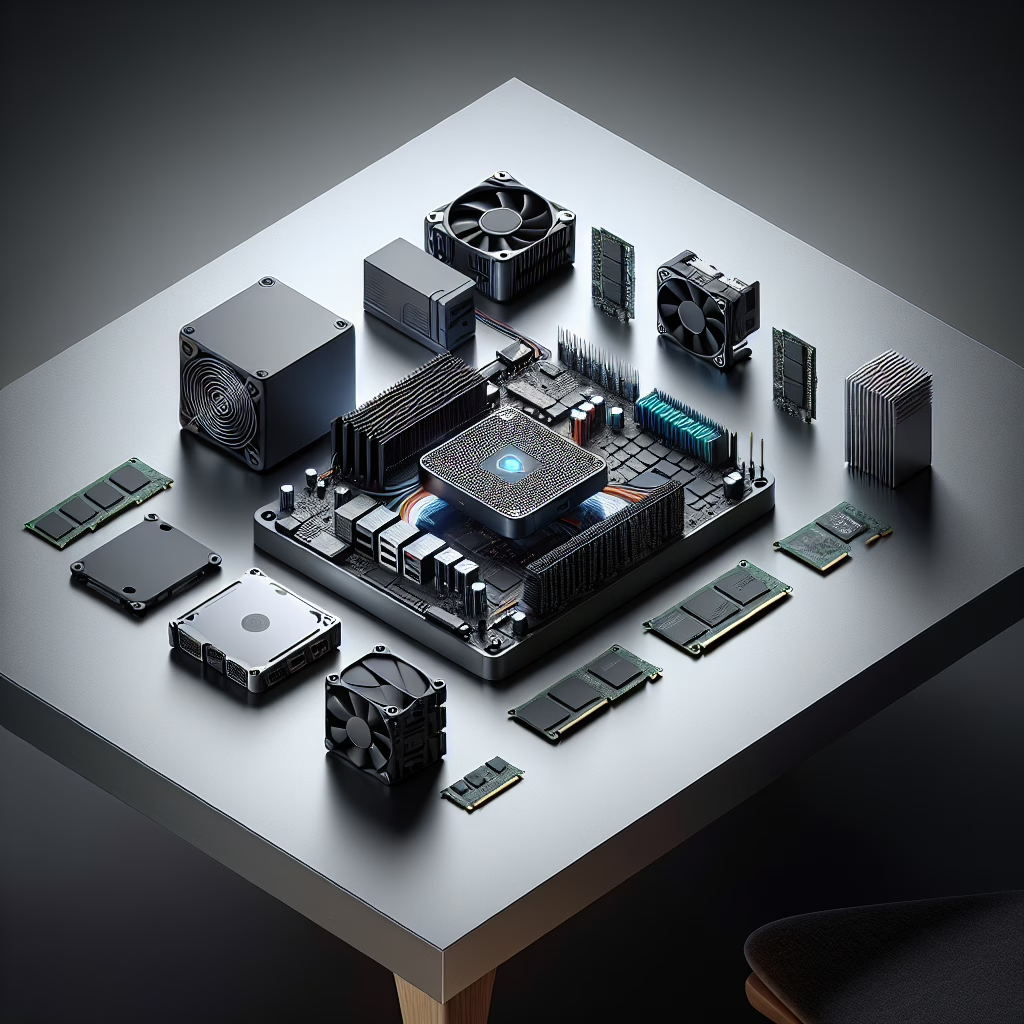In a world where every tech enthusiast dreams of the latest gadgets, the emergence of modular mini PCs is stirring up a delightful mix of curiosity and skepticism. You might find yourself wondering, “What’s the point of this modular mini PC?” Well, dear reader, let’s dive into this quirky tech phenomenon and uncover why it’s not just a passing fad but a potential game-changer in computing.
What Exactly is a Modular Mini PC?
Imagine a tiny computer that fits snugly on your desk, yet has the potential to be customized like your favorite sandwich. That’s right! Modular mini PCs allow users to swap out components much like you’d choose extra toppings for your burger. The result? A personalized computing experience without the bulk of traditional setups.
Yet, before you get too excited about those shiny new components, let’s address the elephant in the room: many models come with fewer connectors and storage options than their competitors. So, what gives?
Are We Missing Out on Something Big?
At first glance, it may seem like these modular mini PCs are just overpriced paperweights. After all, who wants to invest in a system that limits connectivity? But fear not! These devices often focus on sustainability and user-centric design.
By opting for a modular approach, manufacturers are saying goodbye to disposable tech and hello to longevity. Think about it: instead of throwing away an entire unit when one component fails or becomes outdated, you can simply replace that part. It’s like giving your old computer a much-needed facelift rather than sending it off to tech heaven.
The Price Tag Dilemma
Now let’s talk dollars and cents—or perhaps cents and gigabytes in this case. Yes, these modular mini PCs often come with a price tag that makes you raise an eyebrow. But consider this: investing in a modular system could save you money in the long run.
Unlike traditional PCs that require complete overhauls every few years, a modular setup allows for gradual upgrades. You can upgrade your RAM today and add more storage tomorrow—without having to buy an entirely new machine! In essence, it’s like having a high-end sports car that you can fine-tune rather than having to buy a new model every few years.
Modular Mini PCs: A Dream for DIY Enthusiasts
If you fancy yourself a bit of a tinkerer or enjoy playing tech wizard at home, then a modular mini PC is your playground! These devices invite you to customize and enhance them according to your whims and fancies. Want more RAM? Swap it out! Need extra storage? Add some! It’s almost as if these machines are saying, “Go ahead, make my day!”
Plus, with the rise of online communities dedicated to sharing builds and modifications, you’ll never run out of inspiration or help if you hit a snag. It’s like having a built-in support group for your tech addiction!
The Connectivity Conundrum
While it’s true that many modular mini PCs come with fewer connectors than traditional desktops, this is where innovation comes into play. Manufacturers are increasingly focusing on wireless technology to make those pesky cables seem like yesterday’s news.
Bluetooth and Wi-Fi capabilities mean you can connect peripherals without stringing wires across your living room like an amateur electrician. Plus, as technology advances, we can expect even more seamless integration with devices that don’t require physical connections at all.
The Future is Bright (and Modular)
As we embrace the technological advancements heading into 2025, computing seems to be moving towards a modular future. This evolution appears less like an option and more like an inevitability. Whether you’re drawn by sustainability or simply enjoy customizing your gear, modular mini PCs offer something for everyone.
So next time someone asks you about the point of these quirky gadgets, feel free to share what you’ve learned here today! Who knows—you might just inspire them to join the modular revolution!
We’d love to hear what you think about modular mini PCs! Do you see them as the future of computing or just another tech gimmick? Share your thoughts below!
A big thank you to TechRadar for the inspiration behind this article!

